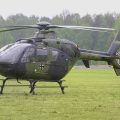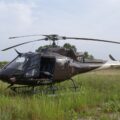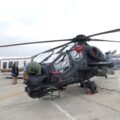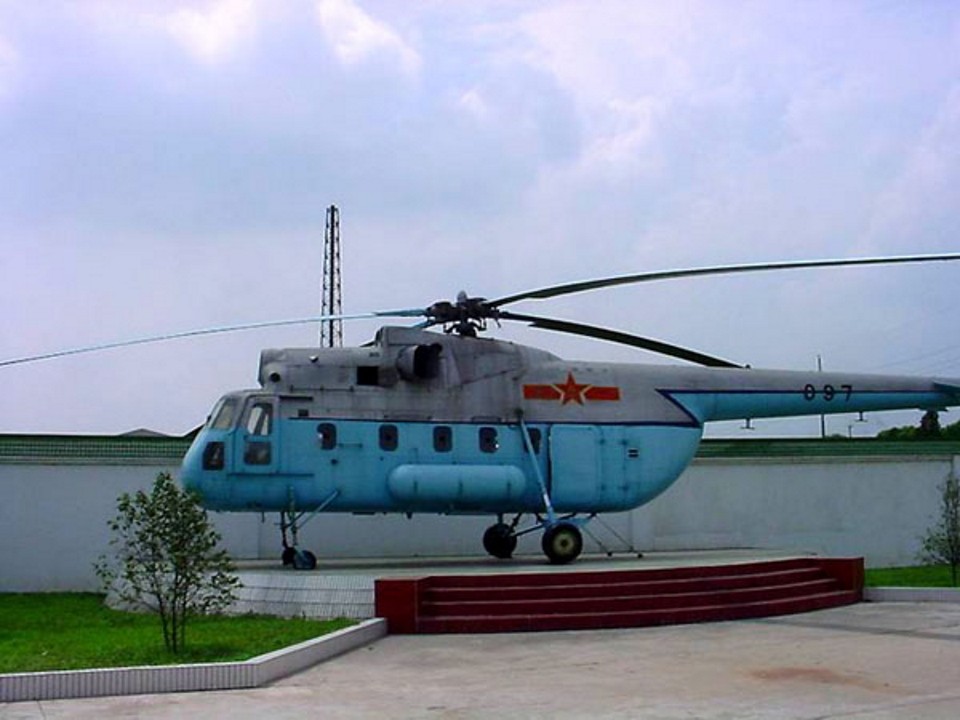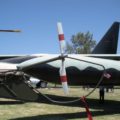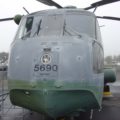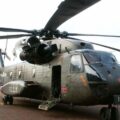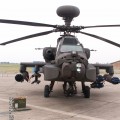
Saunders-Roe Skeeter | |
|---|---|
| Pays | Royaume-uni |
| Rôle | Formateur, Scout |
| Première mouche | 10 octobre 1948 |
| Construit | Inconnu |
Lla Saunders-Roe Skeeter était un hélicoptère biplace d’entraînement et de reconnaissance qui a été développé et produit par le fabricant britannique Saunders-Roe (« Saro ») of Cowes and Southampton, in the United Kingdom. Work on what would become the Skeeter had been commenced by the Cierva Autogiro Company as the Cierva W.14. Following Saunders-Roe’s reprise de Cierva, il a été décidé de poursuivre ses projets, y compris le Skeeter. Malgré une préférence initiale pour l’hélicoptère ultra-léger rival Fairey, qui avait déjà été commandé, il y a eu un renversement de fortune lorsque l’intérêt de la Bundeswehr pour l’achat potentiel d’un grand nombre de Skeeters. Cela a conduit à l’annulation de la commande britannique pour l’hélicoptère ultra-léger et au Skeeter prenant effectivement sa place, ce qui a également servi à garantir une commande à l’exportation de l’Allemagne.
| Saunders-Roe Skeeter Walk Around | |
|---|---|
| Photographe | Meindert de Vreeze |
| Localisation | Inconnu |
| Photos | 46 |
Kits connexes:
Trouver des kits sur eBay:
Voir aussi :
The Saunders-Roe Skeeter was a light helicopter developed by the British company Saunders-Roe in the 1950s. It was designed to meet the requirements of the British Army and Royal Navy for a small, versatile aircraft that could perform reconnaissance, liaison, observation, and training missions. The Skeeter had a two-seat cockpit with a bubble canopy that provided excellent visibility for the pilot and passenger. The helicopter was powered by a de Havilland Gipsy Major engine that drove a three-bladed main rotor and a two-bladed tail rotor. The Skeeter had a tubular steel frame with fabric-covered metal panels for the fuselage and tail boom. The landing gear consisted of two skids with shock absorbers.
The Skeeter first flew in 1948 as the Saro P.531, and underwent several modifications and improvements over the years. The final version, the Skeeter Mk.12, entered service with the British Army in 1958 and was also exported to Germany, Australia, and Jordan. The Skeeter was used for various roles such as artillery spotting, casualty evacuation, anti-tank warfare, and aerial photography. The Skeeter was also the first helicopter to land on a moving ship, when it landed on HMS Bulwark in 1958. The Skeeter was retired from service in the late 1960s and replaced by more advanced helicopters such as the Westland Scout and the Bell Sioux.
Vues : 684




